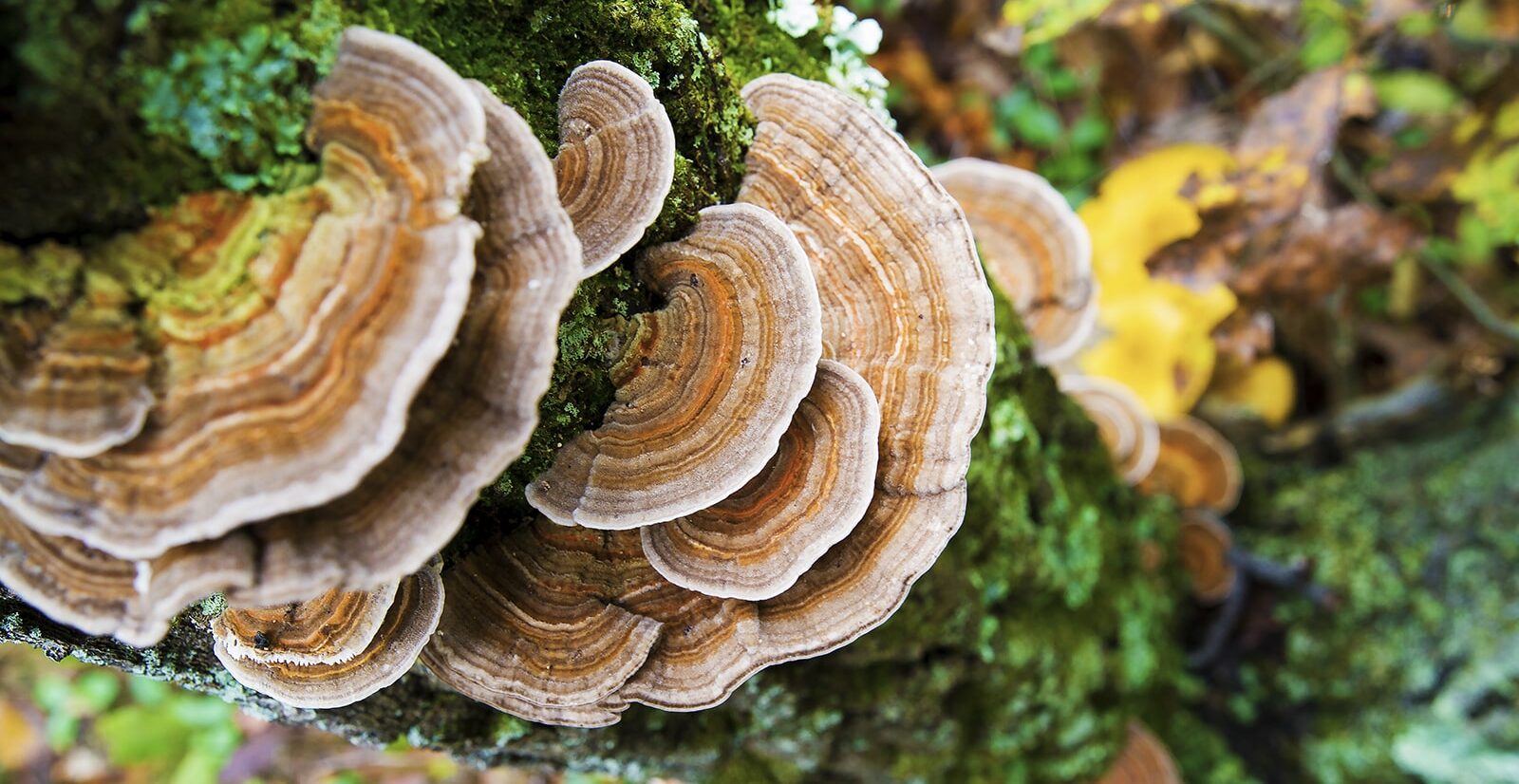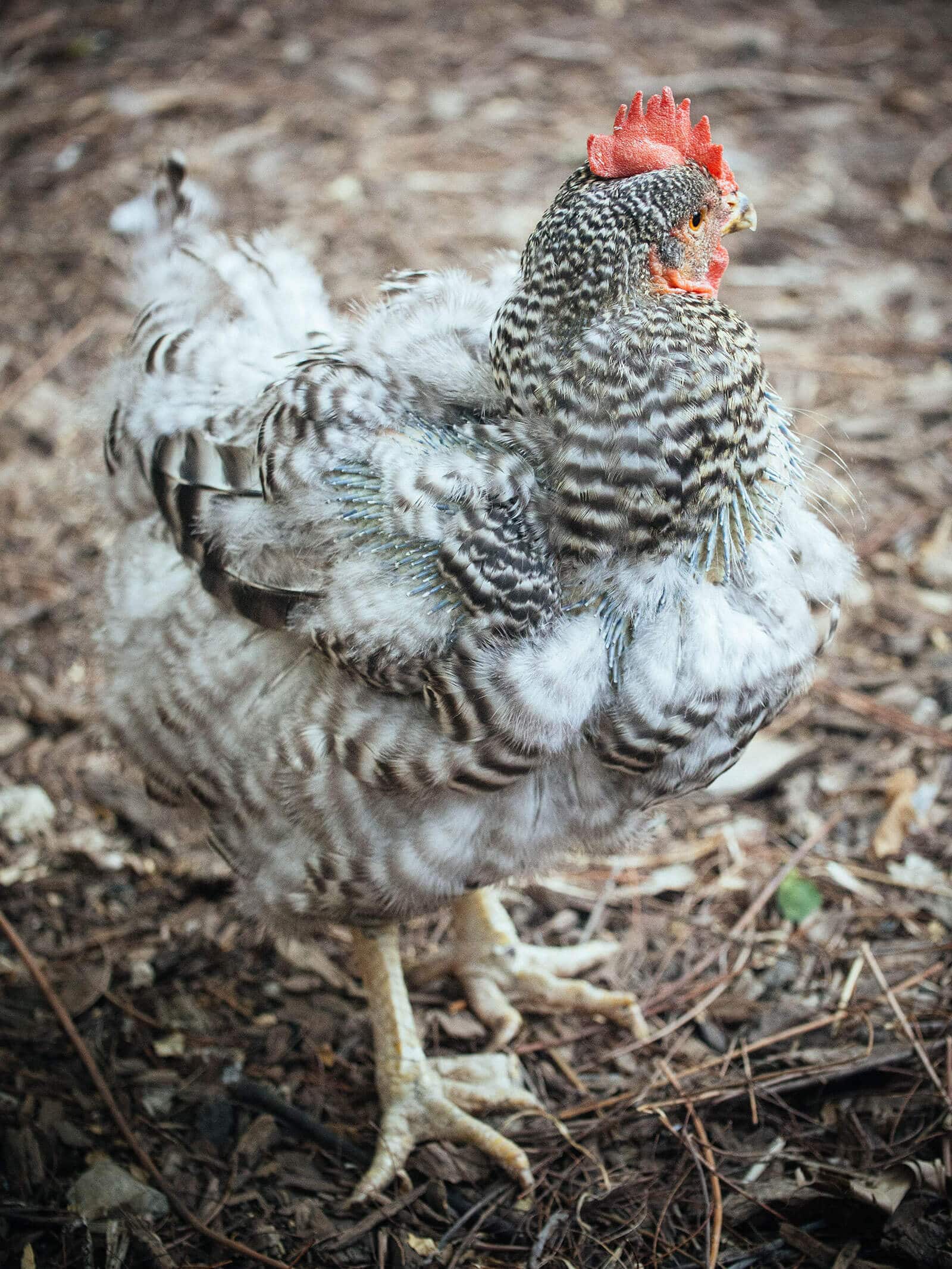Chicken tail down refers to a condition where a chicken’s tail feathers droop or hang lower than usual. This can be due to various factors such as injury, illness, or poor nutrition.
We will explore the causes and potential remedies for chicken tail down, as well as tips for preventing this condition in your flock. Understanding the underlying causes and taking appropriate action can help ensure the overall health and well-being of your chickens, as a droopy tail can indicate an underlying issue that needs attention.
So, let’s dive into the details and learn how to address this concern effectively.

Credit: marylandnature.wildapricot.org
Understanding The Chicken Tail Down Position
The Chicken Tail Down position is an important behavior in poultry that should be recognized. It indicates a specific posture where the tail of the chicken is lowered towards the ground. This position is relevant as it can provide insights into the health and well-being of the chicken.
It may be an indication of discomfort or illness, such as respiratory issues or internal problems. Understanding this posture is crucial for poultry farmers to identify and address any potential issues promptly. By recognizing the Chicken Tail Down position, farmers can take appropriate measures to ensure the health and welfare of their chickens.
Regular observation and monitoring of this behavior can help maintain a healthy flock and prevent potential problems. Through attentive care and observation of their chickens, farmers can intervene and provide necessary support when needed.
Investigating The Reasons Behind Chicken Tail Down
Chicken Tail Down is a movement commonly observed in chickens, but what are the reasons behind it? The answer lies in the chicken’s physiological factors. Their skeletal structure plays a significant role in achieving balance and stability in the Tail Down position.
Additionally, muscle functionality supports this specific movement. However, it is not solely based on physical factors. Environmental and behavioral triggers also influence the adoption of the Tail Down posture. Moreover, stress and anxiety can impact chicken behavior and potentially lead to the preference for this position.
Unmasking the factors behind Chicken Tail Down provides insights into the intricate relationship between the chicken’s body and its behavior. Understanding these factors is crucial for ensuring the well-being of these birds. So, let’s delve into the mechanisms behind this curious phenomenon.
Significance Of The Chicken Tail Down In Poultry Farming
In poultry farming, the posture of chickens with their tail down holds significance. This position provides insights into their health and welfare, particularly in relation to egg-laying. Monitoring the tail down posture helps evaluate the well-being of the chickens. It allows farmers to identify any potential issues that may affect egg production and the overall health of the flock.
By observing the chickens’ tail down position, farmers can ensure their feathered friends are comfortable, free from any pain or discomfort, and able to lay eggs efficiently. This posture is an essential aspect of assessing the overall health and productivity of chickens in a poultry farm.
Conclusion
The intriguing tale of the chicken tail has demonstrated how a seemingly insignificant feature can hold great influence and importance. We have explored the various purposes and functions of the chicken’s tail, from balance and communication to its role in attracting mates.
Through our investigation, we have uncovered the intricate design and evolutionary adaptations that have shaped this unique appendage. Furthermore, we have unraveled the interesting cultural perceptions and symbolic associations with the chicken tail in different parts of the world. This deep dive into the world of the chicken’s tail has shed light on the complexities and marvels of nature.
As we marvel at the wonders of the natural world, may we continue to appreciate and learn from even the smallest and most overlooked aspects of life. So remember, next time you see a chicken strutting by, take a moment to ponder the significance of its tail, a humble yet remarkable feature that holds a wealth of hidden beauty and purpose.












Leave a Reply
You must be logged in to post a comment.